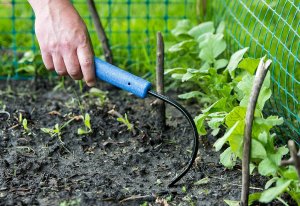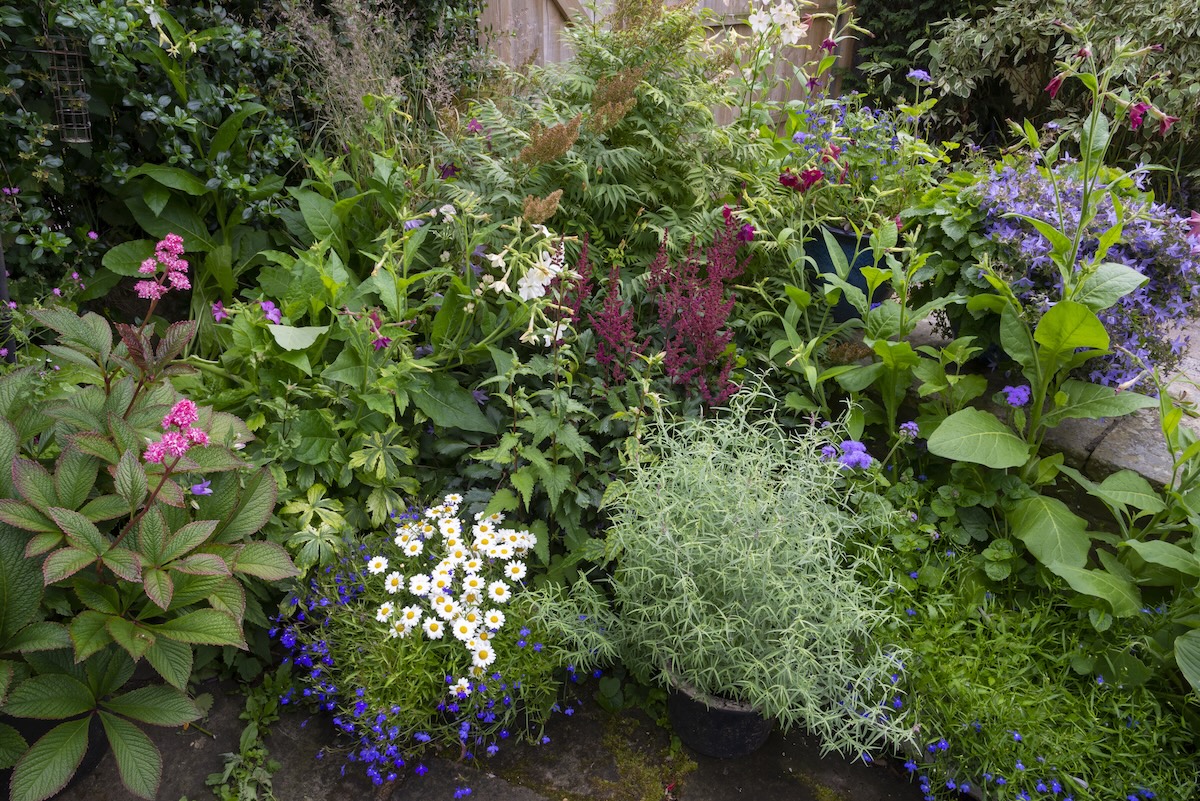

We may earn revenue from the products available on this page and participate in affiliate programs. Learn More ›
If you believe flowers that grow in shade must all be tiny and inconspicuous types due to their lack of sun, think again. Some of the most gorgeous flowering annuals and perennials thrive in a location where they receive only partial sun or no sun at all.
The following 10 plants suitable for shade either produce large and showy blooms or plenty of smaller ones for an equally splendiferous show. Try them for a garden that has it made in the shade!
1. Begonia (Begonia spp.)
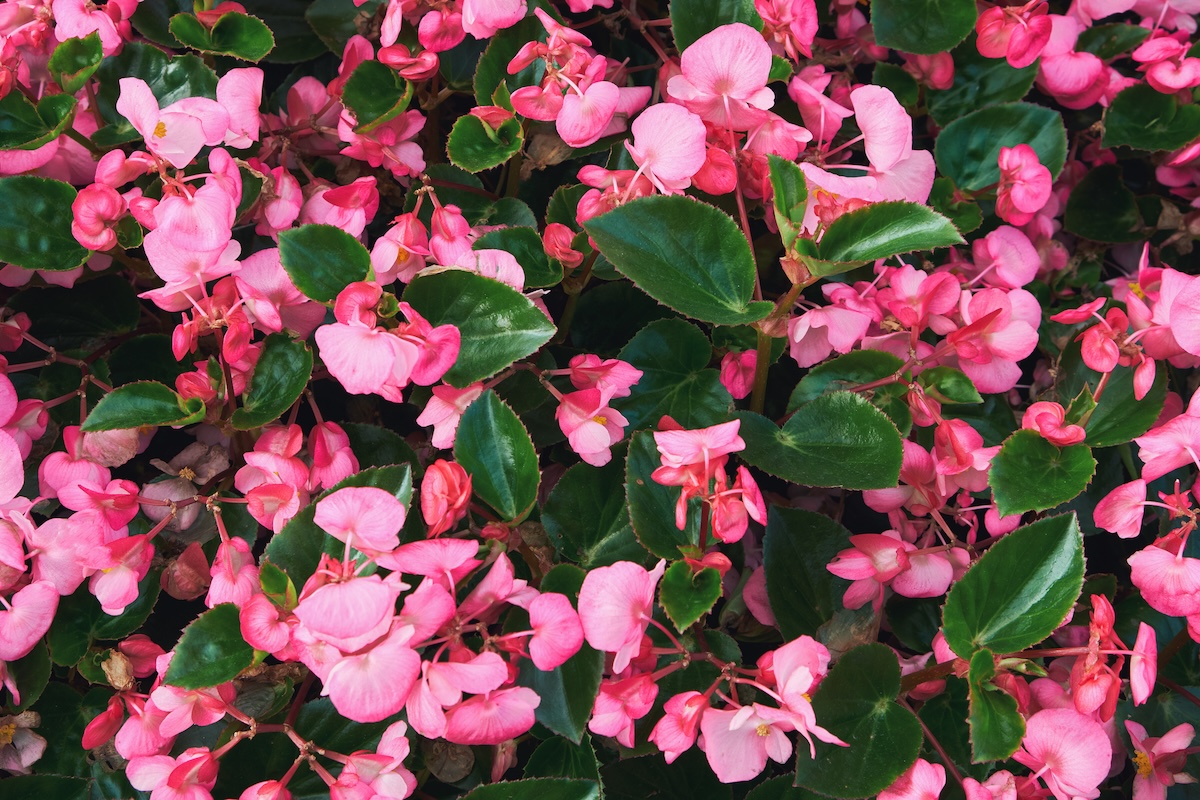
Among the best container flowers for shade, begonias vary widely in appearance according to species and cultivars but almost always offer profuse blooms. Some tuberous types produce very large and opulently doubled flowers that resemble roses, and you can store those tubers over winter for a repeat performance the following year.
Wax begonias, on the other hand, usually turn out much smaller, single blooms but in even greater numbers and often will survive the winter by continuing to flower amiably under grow lights indoors. Although there is one perennial type, Begonia grandis, most of these shade loving plants are grown as annuals.
Hardiness Zones: 10-11 for annual types, 6-9 for Begonia grandis
Best For: Border, container, houseplant
2. Blue Poppy (Meconopsis betonicifolium)

Although not easy to grow, the famous perennial Himalayan blue poppy (Meconopsis betonicifolia) still is highly coveted for its unusual true blue hue and ability to bloom in either full or partial shade. According to The New Sunset Western Garden Book, edited by Kathleen Norris Brenzel, the plant “can reach 6 ft. tall and 2 ft. wide” with “silky, 3-4-in., sky blue poppies with yellow stamens.”
It will do best in areas of the Pacific Northwest with cool summers. Provide moist but very well drained acidic soil, and mulch the plant heavily with dead leaves in Zones lower than 4.
Hardiness Zones: 3-7
Best For: Cottage garden, rock garden, woodland garden
3. Foxglove (Digitalis purpurea)
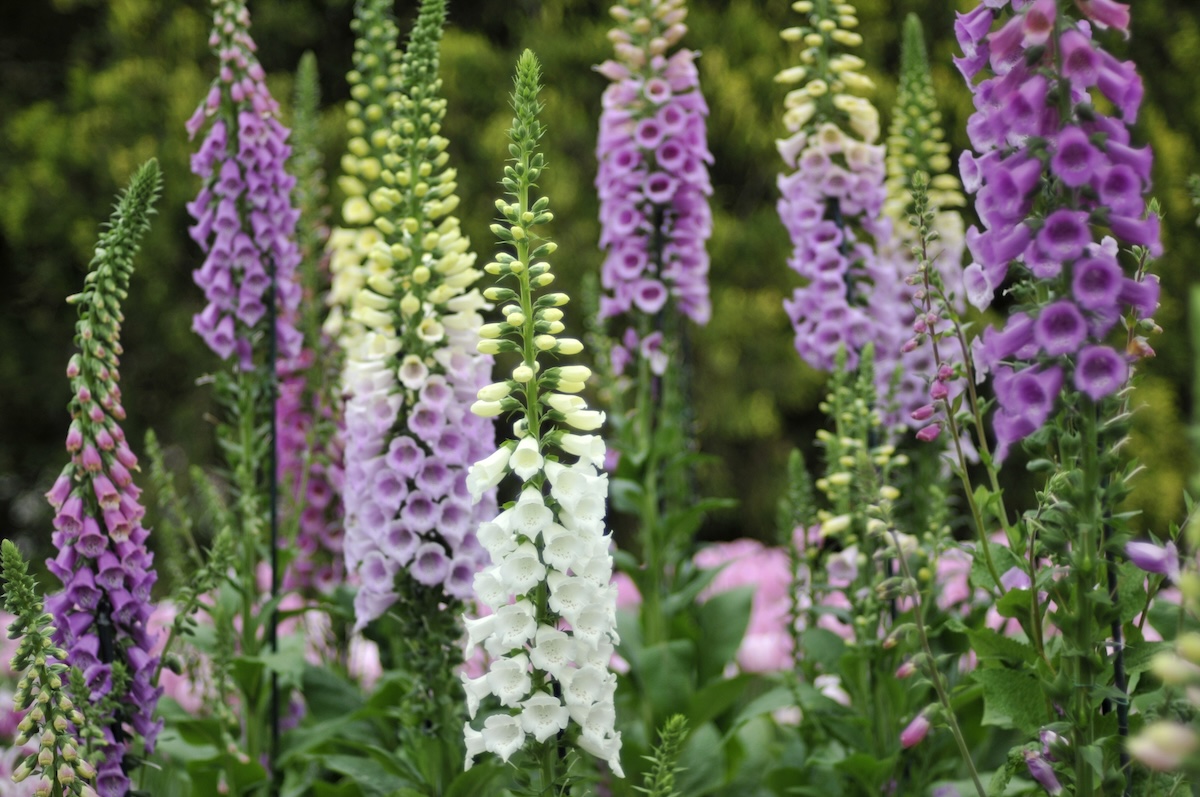
Common foxgloves typically grow 2 to 5 feet tall, producing tubular 2- to 3-inch-long, often freckled blooms in a variety of colors most of the way up their stalks. They prefer to be shaded during the heat of the afternoon. Keep in mind, though, that foxgloves are biennial.
That means they won’t bloom in their first year and will die after flowering in their second year, though they might self-sow. The plant is poisonous to humans and animals if ingested.
Hardiness Zones: 4-9
Best For: Cottage garden, pollinator garden, woodland garden
4. Fritillary (Fritillaria spp.)
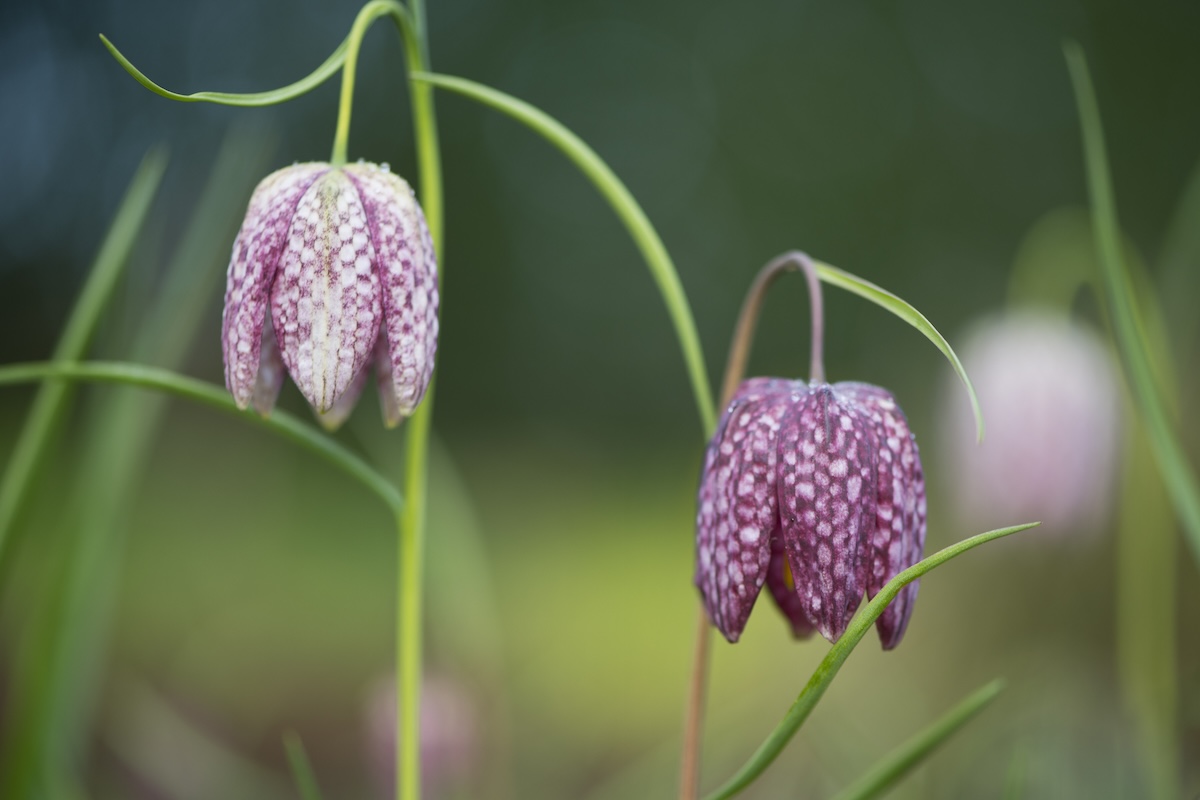
Fritillaries with their unusual bell-shaped blooms are among the most charming—or should we say chiming?—flowering plants for shade. Their species vary from the 1-foot-tall guinea hen flower (Fritillaria meleagris) with 2-inch bells to the 3-feet-tall Fritillaria persica, which can boast a virtual carillon of purple bells on the upper half of its stem.
Fritillaries grow from bulbs and those bulbs should be planted on their sides to help prevent rot. The low-maintenance shade plants will die back to their bulbs after they bloom, requiring no further care.
Hardiness Zones: varies from 4-10
Best For: Cottage garden, rock garden, woodland garden
5. Fuchsia (Fuchsia spp.)
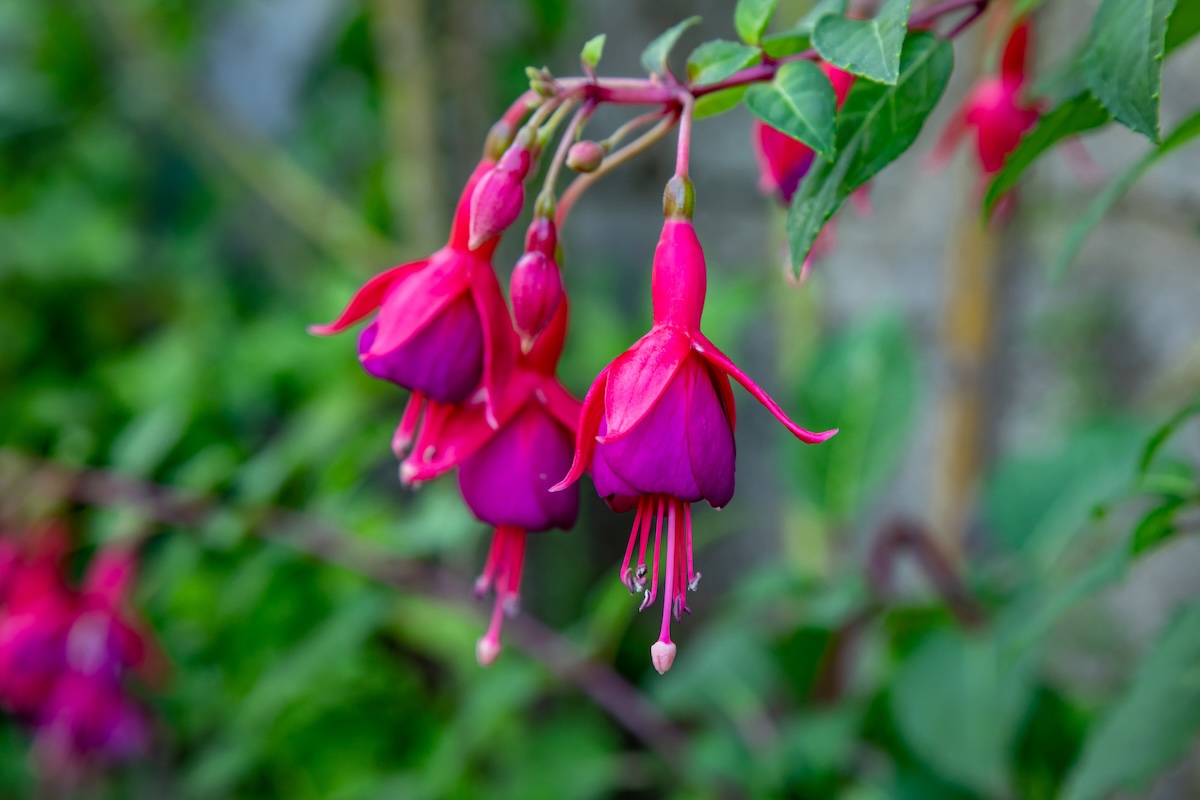
Among the most popular container plants for shade, flouncy hybrid fuchsias often occupy hanging baskets. However, the more tubular cultivars of hardy fuchsia (Fuchsia magellanaca) can survive winters in the garden as far north as USDA Zone 5, though they will die back to the ground during that season.
Due to their preference for cool conditions, all fuchsias prefer a position where they receive shade during the hottest part of the day, which generally is the afternoon. Don’t despair if these partial shade flowers droop during the heat of summer, as they should revive during the cooler temperatures of autumn.
Hardiness Zones: 10-12 for hanging basket hybrids, 5-10 for Fuchsia magellanaca cultivars
Best For: Container, pollinator garden, wall
6. Garden Phlox (Phlox paniculata)
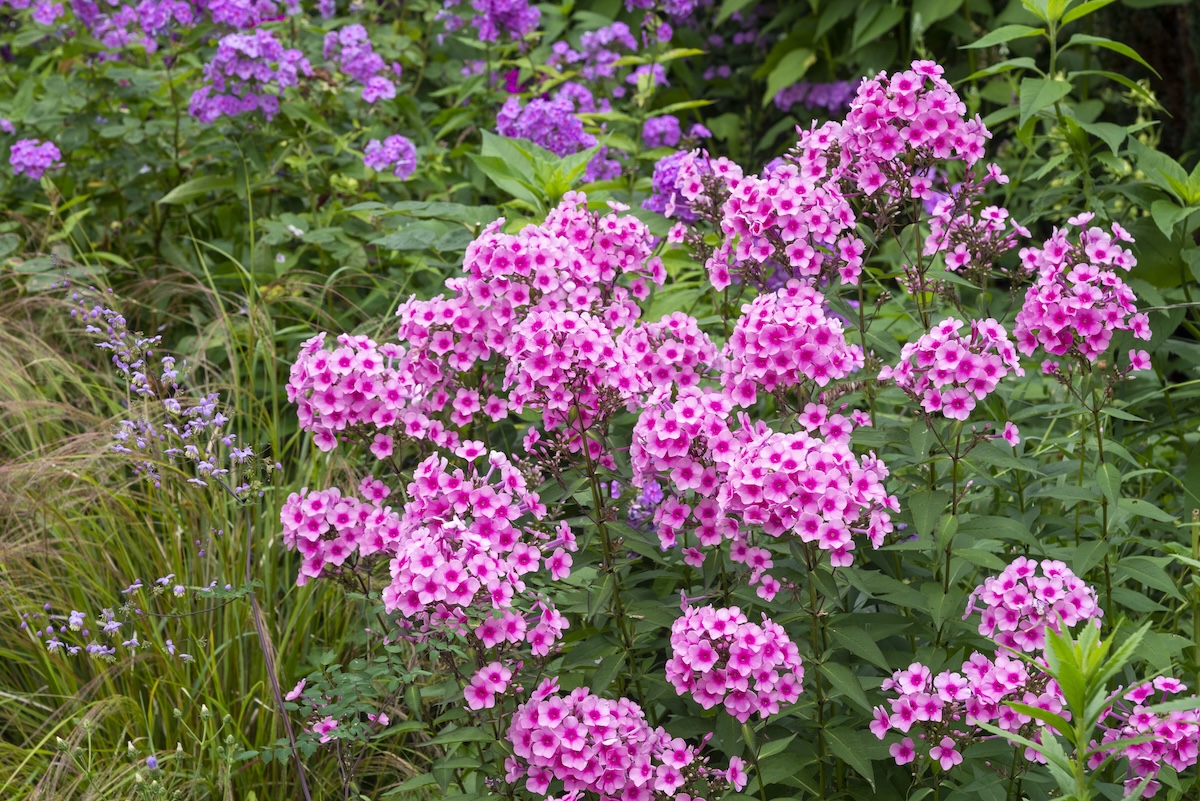
Growing up to 5 feet tall, garden phlox produces roundish and redolent clusters of 1-inch flowers—often with darker eyes—in a wide variety of colors. Although phlox will grow in full sun, its hues may pale there in hot climates. Partial shade allows its cultivars to keep their cool and colors while still performing well.
These perennials for shade are very prone to powdery mildew, so provide them plenty of space. The New Sunset Western Garden Book also recommends “mulch to keep roots cool.”
Hardiness Zones: 4-8
Best For: Cottage garden, pollinator garden, woodland garden
7. Hellebore (Helleborus spp.)

Among full shade perennials hellebore is one of the earliest bloomers, flowering during winter in the warmest areas of its range, during spring in the coolest. Its cup-shaped 2- to 3-inch blooms somewhat resemble single or double roses—explaining the nicknames of “Christmas rose” applied to helleborus niger and “Lenten rose” to helleborus orientalis. But the flowers actually are made up of leathery sepals rather than actual petals.
Growing between 12 and 15 inches tall, this evergreen plant prefers organic fertilizer and “high shade,” a position beneath trees that have no low branches . As with foxglove, hellebore also is extremely toxic.
Hardiness Zones: 5-8
Best For: Cottage garden, winter garden, woodland garden
8. Impatiens (Impatiens spp.)
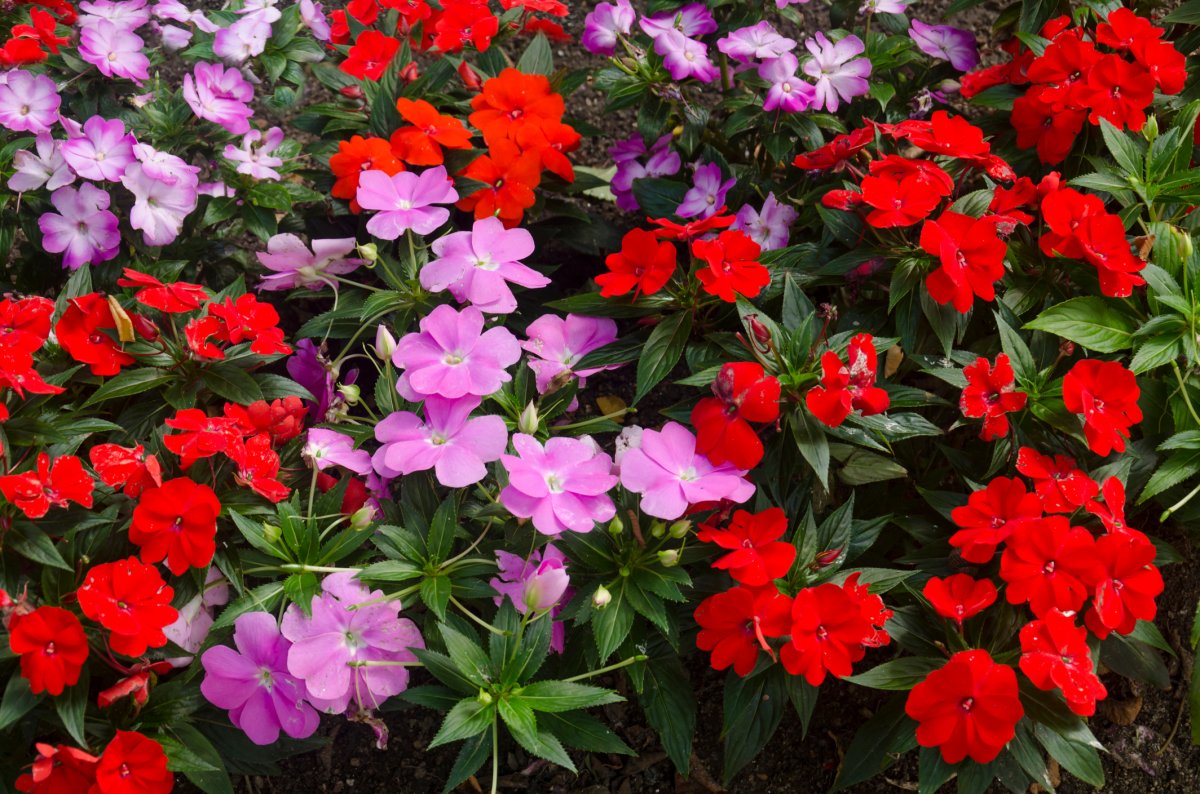
Although single-flowered Impatiens walleriana hybrids with their 1-to 2-inch-wide, 5-petal blooms remain among the most well-known annual flowers for shade, there are many other varieties of impatiens available. That list includes at least one hardy type, nicknamed ornamental jewelweed (Impatiens glandulifera) for its hooded blooms, though this type can be somewhat invasive due to its persistence.
Then there is the unusual cultivar known as namchabarwensis ‘Blue Diamond” with its once-in- a-blue-moon color. Almost all impatiens will bloom prolifically in either shade or partial shade, which will make you impatient to discover more new varieties!
Hardiness Zones: 10-11 for most varieties, 5-9 for Impatiens glandulifera
Best For: Border, container, woodland garden
9. Martagon lily (Lilium martagon)
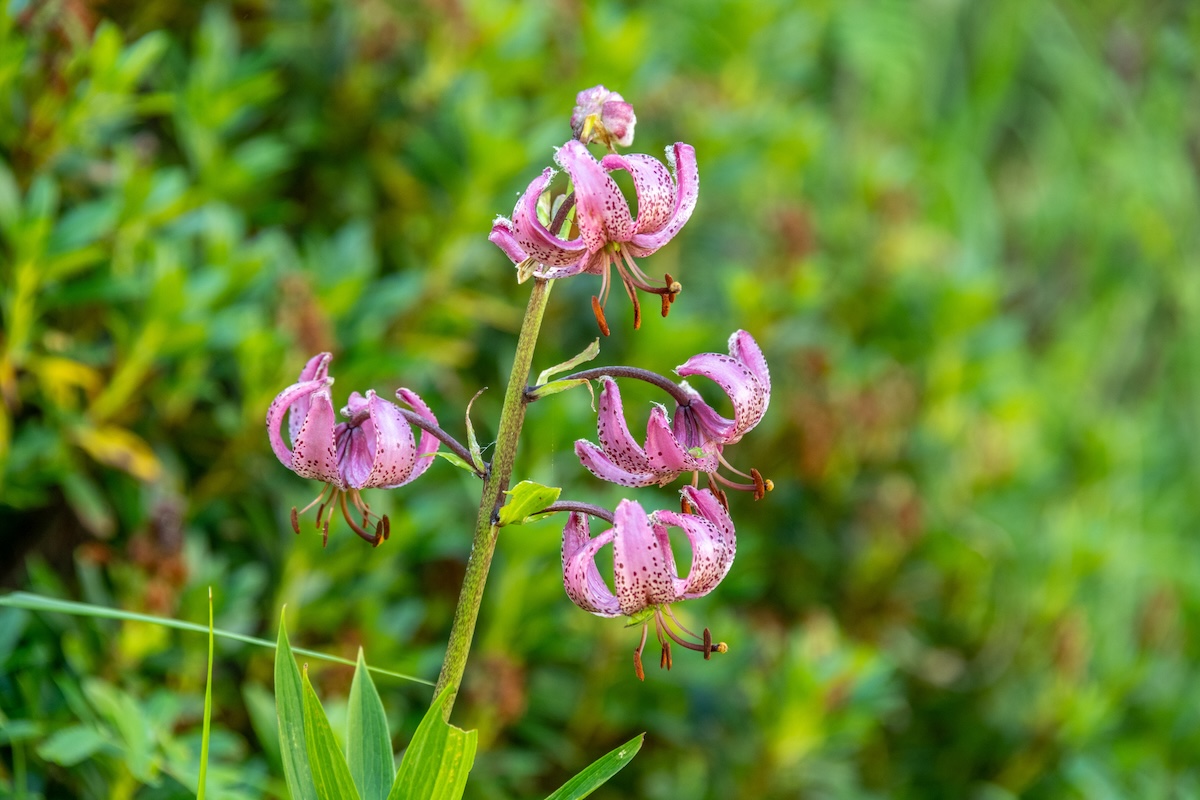
Lilies, the saying goes, prefer their “heads in the sun and feet in the shade.” However, the martagon type numbers among flowers for a shaded area. Missouri Botanical Garden advises “The more shade, the longer the flowering stems, so part shade is ideal for producing the showiest blooms.”
The New Sunset Western Garden book calls martagon lilies “easy to grow but slow to establish.” The blooms of these shade flowering plants are small—typically 1 to 2 inches across—and downward-facing with recurved petals. However, they are usually produced in large numbers, up to 50 per stem.
Hardiness Zones: 3-8
Best For: Cottage garden, meadow garden, woodland garden
10. Surprise Lily (Lycoris spp.)
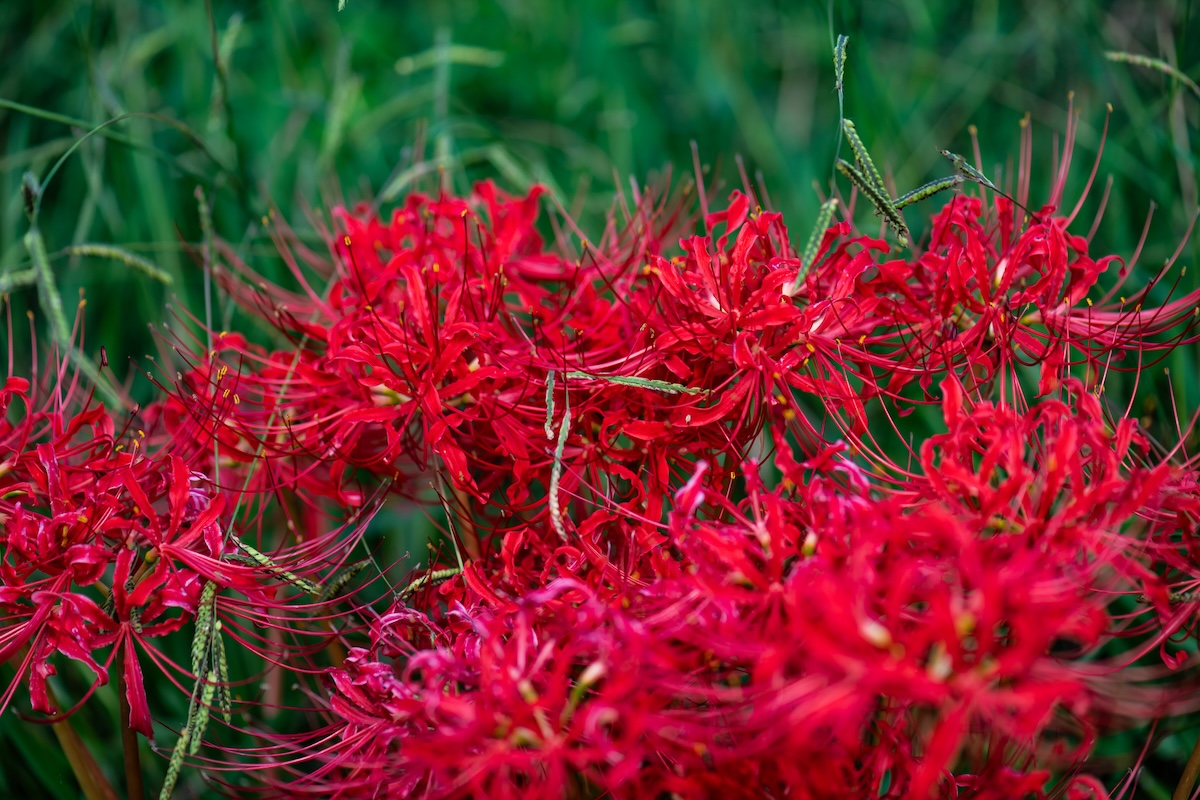
According to Tony Avent of Plant Delights Nursery in Raleigh, North Carolina, “All plants in the genus Lycoris are amazing bulbs in the woodland garden. The 2-feet-tall stalks pop up seemingly overnight, topped with flowers that range from bright red to orange, to pink, to blue.”
The strappy foliage of those plants, also known as spider lilies, comes to life in spring—flowerless— and will die back at some point during the summer before the spidery blooms appear in late summer and early autumn. “Lycorises need some summer heat to perform well, so they are not recommended for cool summer parts of the Pacific Northwest,” Avent notes.
Hardiness Zones: 5-9
Best For: Patio garden, pollinator garden, woodland garden
